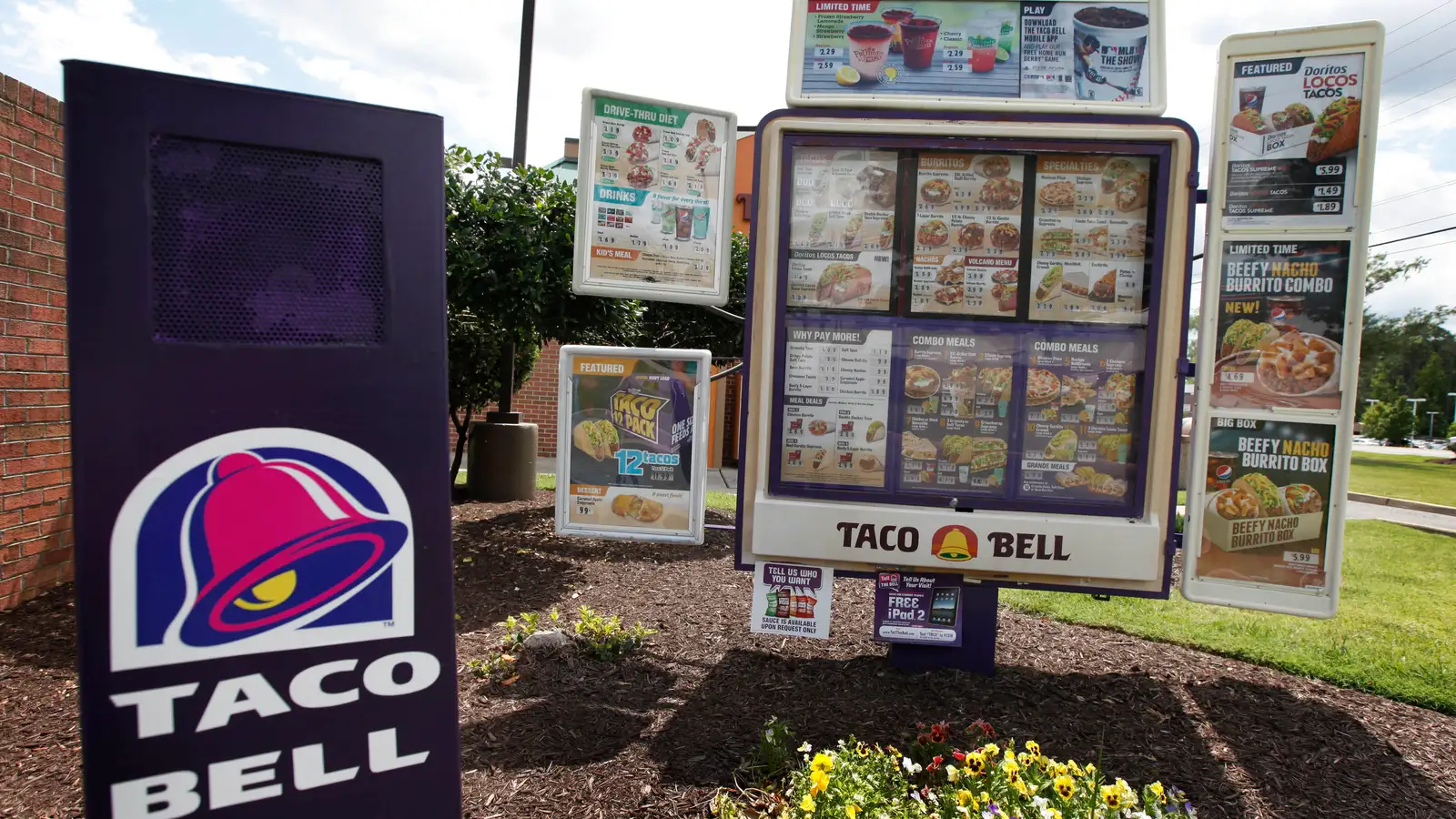Taco Bell, the beloved fast-food chain known for its inventive take on Mexican cuisine, is once again making headlines – this time for its groundbreaking use of artificial intelligence in their drive-thrus. This innovation aims to streamline operations, cut costs, and enhance the customer experience, continuing a legacy of pioneering moves that have shaped its journey from a single stand to an international phenomenon.
Founded in 1962 by Glen Bell in Downey, California, Taco Bell began as a modest taco stand named Taco Tia. Glen Bell’s simple vision – to offer tasty, affordable Mexican-inspired food—quickly resonated with customers. By 1964, Bell had rebranded to Taco Bell, opening his first restaurant and refining the menu to include items like the now-iconic Taco. The chain’s success led to rapid expansion, and by the late 1970s, Taco Bell was a major player in the fast-food industry, becoming a subsidiary of PepsiCo in 1978. Its ability to innovate, with items like the Crunchwrap Supreme and Doritos Locos Tacos, helped Taco Bell remain relevant and popular through the decades.
Taco Bell recently secured the trademark for “Taco Tuesday” in the United States. This iconic phrase, which has become synonymous with discounted taco nights across the country, now officially belongs to Taco Bell. The trademark victory not only solidifies the chain’s place in American pop culture, but also reinforces its commitment to bringing unique and engaging promotions to its customers.
Now, Taco Bell is pushing the envelope once again by integrating AI technology into its drive-thru operations. The chain is expanding its use of AI-driven ordering systems, a move that promises to transform the fast-food experience. Taco Bell’s AI drive-thru systems are designed to enhance efficiency, reduce wait times, and improve order accuracy. Talk about a win-win for all of mankind and taco lovers around the world.
The AI technology at Taco Bell’s drive-thrus uses advanced voice recognition and machine learning to understand and process customer orders. This system can handle a variety of accents and speech patterns, ensuring that orders are correctly interpreted and fulfilled. Additionally, the AI system is capable of making personalized recommendations based on customer preferences and order history, creating a more tailored experience.
The benefits of this technology are multifaceted. For customers, the integration of AI means faster service and reduced likelihood of errors in their orders. The technology can process orders more quickly than human employees, reducing wait times and minimizing the chance of miscommunication. For Taco Bell, AI drive-thrus can significantly cut operational costs. By automating order taking, the chain can reduce labor costs and allocate resources more effectively.
Through the use of AI, Taco Bell is able to gain valuable data insights that can help them to refine its menu and marketing strategies. By analyzing patterns in customer orders, Taco Bell can identify popular items, optimize inventory management, and launch targeted promotions that resonate with its audience.
Taco Bell’s adoption of AI in its drive-thrus represents a significant leap forward in the fast-food industry, blending technological innovation with the company’s long-standing commitment to customer satisfaction. This move aligns with Taco Bell’s history of daring and inventive approaches, from its early days as a taco stand to its current position as a global fast-food leader. As the chain continues to leverage AI to improve efficiency and enhance the customer experience, it reaffirms its role as a trailblazer in the industry, setting new standards for service and innovation in not only the fast food industry but also the growing field of AI.

